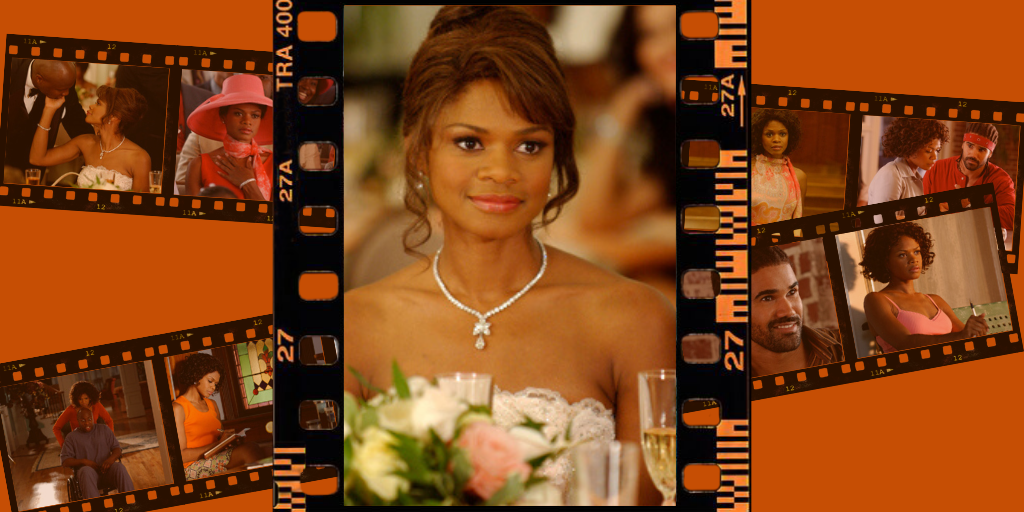Photos: Lionsgate
Tyler Perry’s Diary of a Mad Black Woman is, in my opinion, his best film out of his filmography. If you turn on TNT or BET at any given moment, especially during the month of February, you’re bound to find Diary of a Mad Black Woman playing. And, if you’re like me, you’re probably bound to watch it.
Keep in mind that I’m not the biggest fan of Perry’s work. Even though I see kernels of truth in Perry’s work—it’s clear that his work draws from familiar parallels most Black families have, especially those with strong southern roots—you can’t deny that there are some problematic elements in his work. The constant drudging up of Black female pain, which some have viewed as being exploitative. The rampant colorism, which is also a part of this film as well. The lack of analyzing “that one uncle” in a lot of families whose lecherous but no one says anything about it. And, of course, the constant self-insertion that is more like M. Night Shyamalan in how awkward it is and less like Alfred Hitchcock’s obscure, “blink-and-you-miss” cameos.
With all of that said, Diary of a Mad Black Woman is still my favorite Perry film. It’s succinct and hits at the heart of the story, which is a woman named Helen (Kimberly Elise) who is hurt by her philandering lawyer husband Charles (Steve Harris) and must start her life over from scratch. The tale features the classic elements of most romantic films—strife, redemption, finding oneself, and learning to love oneself.
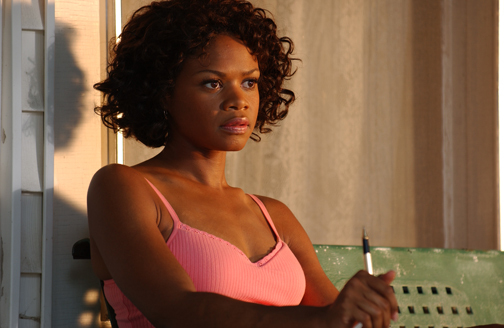
One reason the film might be so succinct is because it actually isn’t directed by Perry; it’s directed by Darren Grant, and therefore, it seems like Grant was able to condense and streamline Perry’s script into something more cinematic. If you take a look at how Perry’s directorial skills have elongated his films without leaving nonsensical footage on the cutting room floor, we can see that Perry has yet to learn the all-important skill of editing.
The skills Grant has with storytelling affects how the entire film comes across, not just with its runtime. The content of the film seems to be more rooted in how real life people act in certain situations, compared to how broad Perry tends to direct his actors. It doesn’t hurt that Diary of a Mad Black Woman had a tremendous lead in Elise. She brought the vulnerability, hurt, and righteous anger that is needed to play Helen. She also brought sweetness to the character, the emotion Helen needed to learn how to tap into once again after her violent divorce. Overall, Elise makes Helen a well-rounded character and one you want to root for.
Her enemy in this film is Charles. Harris is probably the sweetest guy in the world, but he plays evil people so well that it’s hard to see him as anything other than this character. This is a backhanded way of saying Harris really brought his all to this character. He’s so low down of a person that you’re cheering when Helen finally lets loose on Charles and gives him a taste of his own abusive medicine.
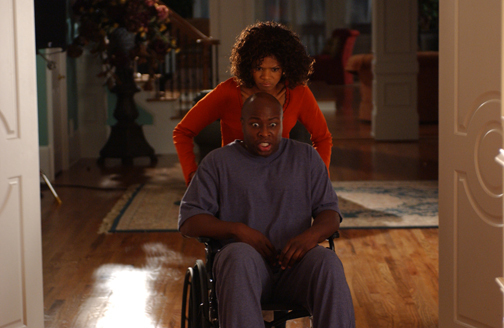
However, with that said, we have to bring up the fact that his character is heavily influenced by colorism. A usual complaint in Perry’s work is that the darker a character is, usually the more buffoonish or evil the character is. We’ve seen this pattern repeatedly in his work now, but that pattern was just beginning to be established during Diary of a Mad Black Woman. Charles is the darkest person in the entire film and it’s no mistake that he’s the one that’s the evillest. Compare to Shemar Moore’s Orlando, Helen’s knight in shining armor (in an awful cornrowed wig). Moore’s lighter-skinned, intimating to the audience that he’s supposed to be seen as nicer, more sensitive, and overall the better choice. Yes, Orlando is actually a nicer person than Charles. But the differences in skintone are something that can’t be overlooked, since lighter skin has been used for decades in Hollywood to denote purity or desirability.
That desirability idea is also seen in Brenda (Lisa Marcos), the woman Charles replaces Helen with. She’s lighter than Helen, and she’s positioned as being more “exotic” than Helen because of her skintone and because she’s hinted at being Afro-Latina. Charles’s decision to dump his wife for Brenda goes back to something many Black women have complained about in recent years–how colorism plays into how they aren’t seen by other Black men as viable partners.
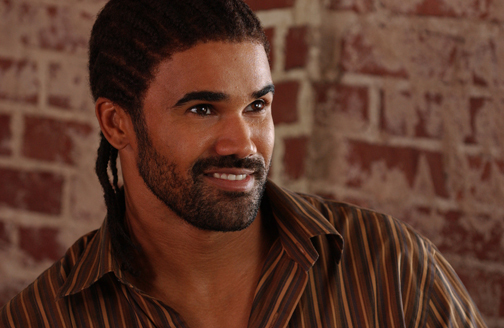
So with all of that said, why is this still my favorite Perry movie? Because it is comforting. Despite its flaws, Diary of a Mad Black Woman is like a warm blanket. It’s soothing because you know it’s going to take care of your emotions. Like any good “guilty pleasure” romantic film, you know you aren’t going to be in too much distress because the heroine will come out on top in the end. You know the bad guys or girls will get their comeuppance, and you know the hero will come to the leading lady’s rescue. You know all of the story beats already, but it’s a comforting knowing that everything will be okay.
This might also be one of the few Perry films in which the Black leading lady isn’t simply drowning in struggle for the entire film. Yes, Helen gets treated quite badly by Charles in the beginning of the film. But it’s a joy to see her come back in line with herself after chasing money and prestige. She realizes what’s most important in life, and it isn’t having a husband who’s one of the most powerful lawyers in Atlanta. It’s having a husband who loves you and protects you, and is a man because of his morals and bearing, not his money.
The film is also comforting for me because it is, in fact, set in the south. As a southern person, it’s not often you see the south presented in a multifaceted way regarding Black southern life. But, despite my issues with Perry, I have to acknowledge that he has put the south on the map in Hollywood. More specifically, he’s shown Hollywood that southern life for the modern Black person isn’t stuck in the ‘60s. It’s vibrant, diverse, and as compelling as any film about the lives of white folks. Keep in mind that in Diary of a Mad Black Woman, we get to see a range of class levels in Atlanta, from the uppercrust Black elite to the regular-degular people who hold house parties and everything in between. We have the devout, like Helen’s mother Myrtle (played sagely by Cicely Tyson), as well as the “unconventional” Christian types like Madea (Perry), who probably the most non-religious “religious” person in the Tyler Perry Cinematic Universe. Nowadays, Perry’s films and TV shows are beginning to run together, especially since he has admitted that he doesn’t hire any outside talent to write his shows. But, while that is a severe shortcoming, it can’t be said that Perry hasn’t shown a level of diversity in Black life, particularly Black southern life, in previous works.
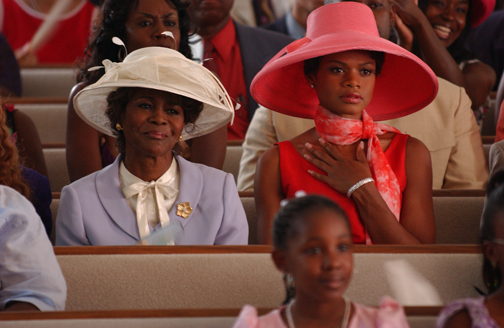
My relationship with Diary of a Mad Black Woman is, as you can see, complicated. Like my relationship with Perry as a director, I have layers of issues and concerns. But at the end of the day, Diary of a Mad Black Woman is the best example of why Perry’s talent has taken him far in Hollywood. When he concentrates hard, and when he has a competent director funneling his work, you can see his ideas morph into quality, rewatchable content.
In Diary of a Mad Black Woman, you can see that he has the makings of becoming a Gerry Marshall, churning out crowd-pleasing romantic hit after romantic hit. Because Diary of a Mad Black Woman represents the height of his work, it’s frustrating to see that Perry never thought to learn more directorial and writing skills in order to keep his work at that level. Instead, in my opinion, his work has steadily gone downhill to the point of where it looks cheap. I long for the day when Perry wakes up and makes another Diary of a Mad Black Woman. But until then, I’ll just put his magnum opus on repeat.
